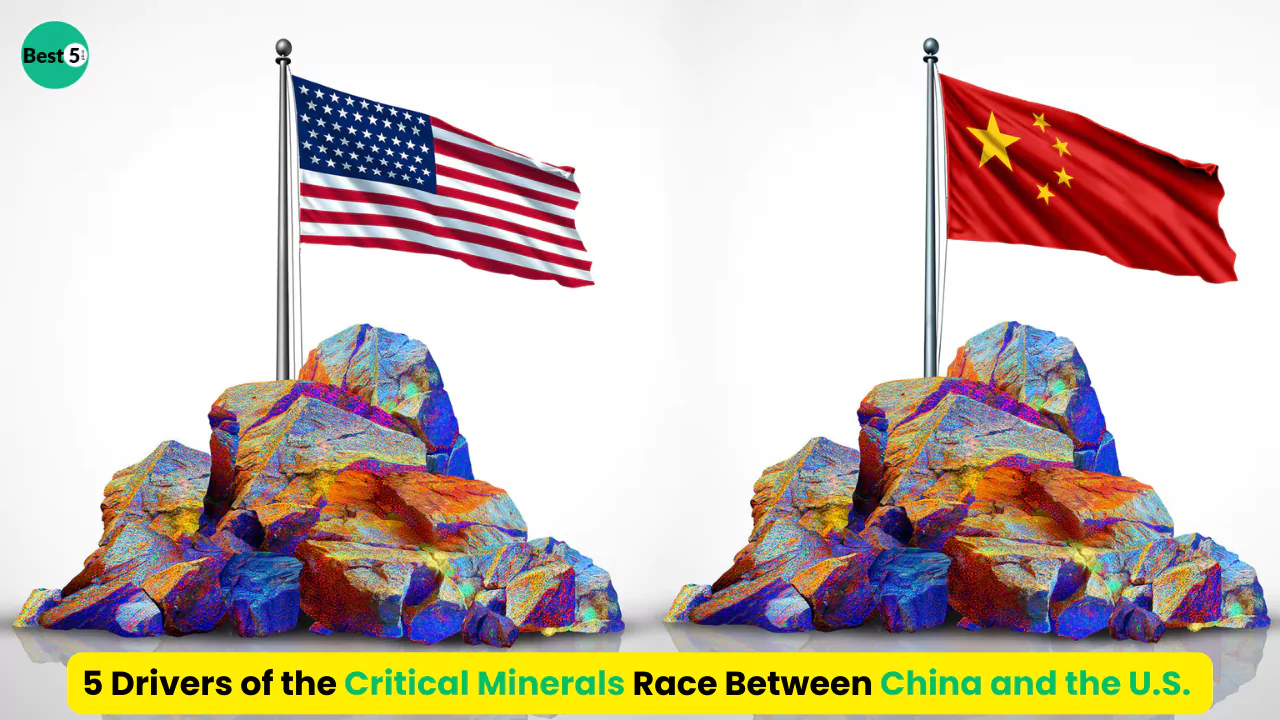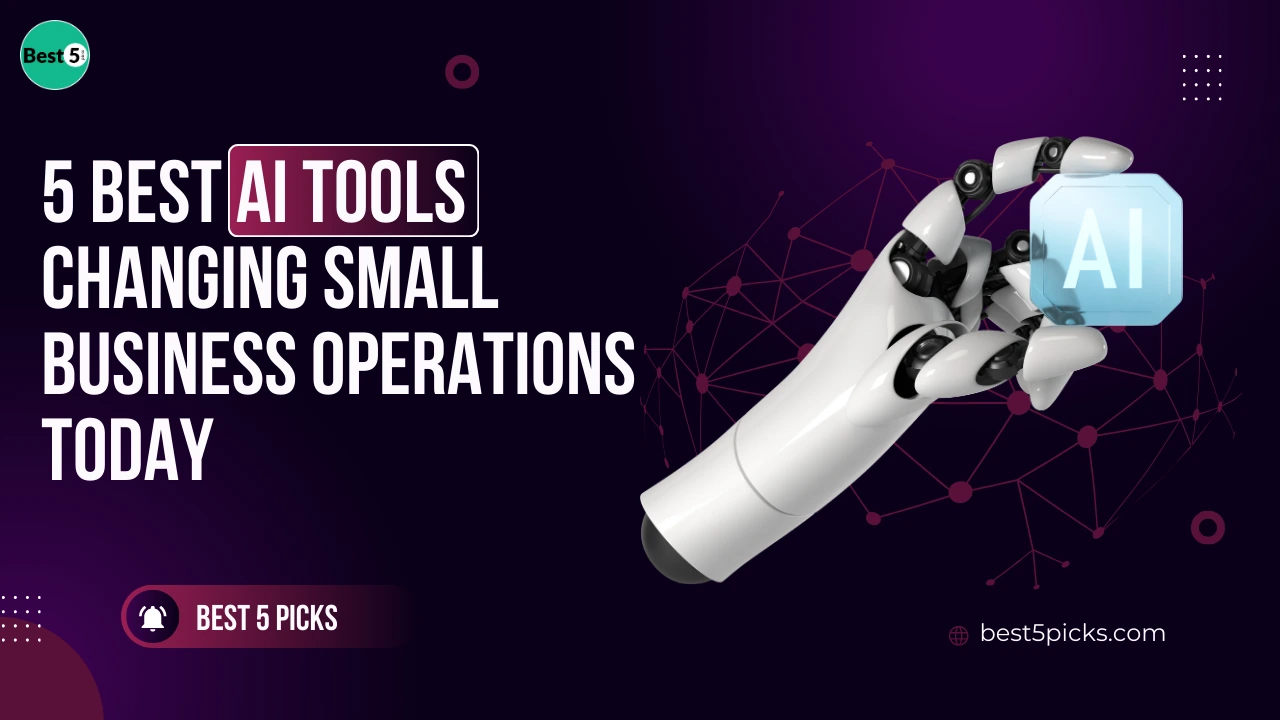In today’s fast-paced digital era, sustainability is no longer a choice—it’s a necessity. While most people associate sustainability with reducing plastic, saving energy, or lowering emissions, a new trend is emerging: digital sustainability. This concept focuses on minimizing the environmental footprint of our online activities, including data usage, cloud storage, and digital communication.
Brands across industries are recognizing the importance of digital sustainability and taking bold steps to integrate eco-friendly practices into their digital operations. From reducing carbon-heavy server loads to adopting sustainable web design, companies are not only helping the planet but also building stronger trust with eco-conscious customers.
In this article, we will explore the 5 strategies brands use to promote digital sustainability (and how you can too). Whether you’re a business owner, a marketer, or an individual aiming to make your digital habits greener, these approaches will inspire you to embrace the shift toward a more sustainable digital future.
1. Optimizing Digital Infrastructure for Sustainability
Key Features:
- Energy-efficient servers: Brands are moving toward green data centers powered by renewable energy.
- Cloud optimization: Reducing unnecessary storage and adopting scalable cloud services.
- Low-carbon hosting: Partnering with web hosting companies that use sustainable energy.
- Edge computing adoption: Decreasing reliance on central servers to lower energy consumption.
Digital infrastructure plays a massive role in carbon emissions. Every website visit, file upload, or online video consumes energy stored in vast server networks. Brands committed to digital sustainability are optimizing their infrastructure to minimize energy usage.
For example, leading tech giants are investing in renewable-powered data centers and adopting carbon-neutral hosting solutions. Smaller businesses are also joining the movement by choosing eco-friendly hosting providers and optimizing their websites for faster load speeds, reducing the strain on servers.
2. Implementing Sustainable Web Design Practices
Key Features:
- Minimalist web design: Simple designs with fewer heavy graphics reduce energy use.
- Optimized images and videos: Compressed media files that load faster and consume less energy.
- Dark mode design: Offering energy-saving display options for devices.
- Lightweight code: Streamlined coding to reduce server demands.
Sustainable web design is about creating user-friendly websites that demand fewer digital resources. Heavy websites with oversized images and endless plug-ins not only frustrate users but also consume unnecessary amounts of energy.
Forward-thinking brands are rethinking how they design their online platforms. They are focusing on clean, minimalist layouts, optimized media, and lightweight coding frameworks. Even simple steps, such as adopting dark mode features, can significantly reduce energy consumption on user devices.
3. Encouraging Digital Minimalism in Marketing
Key Features:
- Reducing spam emails: Cutting down bulk emails that consume unnecessary server power.
- Eco-conscious campaigns: Digital marketing campaigns that emphasize sustainability.
- Smarter targeting: Using data-driven insights to reduce wasted ad impressions.
- Paperless initiatives: Prioritizing digital documents over printed materials.
Marketing is a powerful tool, but it can also contribute to digital pollution. Millions of unnecessary emails are sent every day, consuming energy and server capacity. Brands are adopting digital minimalism by sending fewer, more personalized emails and targeting their campaigns more effectively.
Additionally, companies are using marketing not just to sell products but also to educate customers about digital sustainability. By promoting eco-friendly practices and encouraging reduced digital waste, businesses are aligning marketing strategies with environmental responsibility.
4. Promoting Green Cloud and Storage Solutions
Key Features:
- Sustainable cloud providers: Partnering with platforms that offset carbon emissions.
- Data decluttering: Regularly deleting unused files and reducing cloud storage waste.
- Green data transfer: Using services with optimized energy consumption.
- Hybrid storage: Combining local storage with efficient cloud use.
Data storage is often overlooked when it comes to sustainability. However, massive amounts of redundant files, emails, and data backups contribute to digital waste. Brands are addressing this by partnering with green cloud providers that operate with renewable energy sources and commit to carbon neutrality.
On an individual level, regularly cleaning up cloud accounts, deleting unnecessary files, and organizing digital storage can go a long way toward reducing environmental impact. Companies that embrace green storage strategies not only lower costs but also demonstrate leadership in digital responsibility.
5. Raising Awareness and Educating Consumers
Key Features:
- Transparency reports: Brands sharing their digital sustainability progress openly.
- Educational content: Creating blogs, videos, and guides on eco-friendly digital practices.
- Community engagement: Hosting sustainability challenges or initiatives online.
- Partnerships with NGOs: Collaborating to spread awareness on global digital sustainability.
The most impactful brands are not just changing their own practices—they are encouraging their customers to join the journey. Digital sustainability is a shared responsibility, and education is key.
Brands are creating campaigns to spread awareness about reducing screen time, decluttering inboxes, or choosing greener digital services. By being transparent about their sustainability efforts and involving consumers, businesses are building eco-conscious communities that prioritize digital responsibility.
Conclusion – 5 Strategies Brands Use to Promote Digital Sustainability

Digital sustainability is more than just a buzzword; it’s a transformative movement shaping the future of technology and business. By optimizing infrastructure, embracing sustainable design, practicing digital minimalism, using green cloud solutions, and raising awareness, brands are setting powerful examples for individuals and businesses alike.
As consumers become increasingly eco-conscious, brands that prioritize sustainability in their digital practices will gain not only environmental benefits but also customer trust and loyalty. Whether you’re a large corporation or an individual user, adopting these strategies can make a meaningful impact.
The future of technology lies in sustainable digital transformation, and the time to act is now. By following the 5 strategies brands use to promote digital sustainability (and how you can too), we can all contribute to a greener, smarter, and more responsible digital world.
List of 5 Strategies Brands Use to Promote Digital Sustainability
| Rank | Strategy | Key Features |
|---|---|---|
| 1 | Optimizing Digital Infrastructure | Energy-efficient servers, cloud optimization, low-carbon hosting, edge computing |
| 2 | Sustainable Web Design Practices | Minimalist design, optimized media, dark mode, lightweight code |
| 3 | Digital Minimalism in Marketing | Reduced spam, eco-conscious campaigns, smarter targeting, paperless work |
| 4 | Green Cloud and Storage Solutions | Sustainable cloud providers, decluttering, green transfers, hybrid storage |
| 5 | Raising Awareness & Educating Consumers | Transparency reports, education, community engagement, NGO partnerships |
FAQs on 5 Strategies Brands Use to Promote Digital Sustainability
1. What is digital sustainability?
Digital sustainability refers to reducing the environmental impact of digital activities, such as data usage, cloud storage, and online services.
2. Why is digital sustainability important?
It helps lower carbon emissions, reduces energy consumption, and supports eco-friendly digital growth.
3. How do brands use digital infrastructure for sustainability?
They adopt energy-efficient servers, renewable-powered hosting, and optimized cloud systems.
4. What are examples of sustainable web design?
Minimalist layouts, optimized media, dark mode, and lightweight coding frameworks.
5. How can marketing become more sustainable?
By reducing spam emails, using targeted ads, and promoting eco-conscious campaigns.
6. What are green cloud providers?
These are cloud service providers that rely on renewable energy and carbon-neutral operations.
7. How can individuals practice digital sustainability?
By deleting unused files, using eco-friendly hosting, and reducing digital waste.
8. Do sustainable practices affect website performance?
Yes, often positively—optimized websites load faster and improve user experience.
9. Are customers influenced by digital sustainability?
Yes, eco-conscious consumers are more likely to support brands that adopt sustainable digital practices.
10. What is the future of digital sustainability?
It lies in greener infrastructure, conscious consumer behavior, and transparent brand initiatives.









